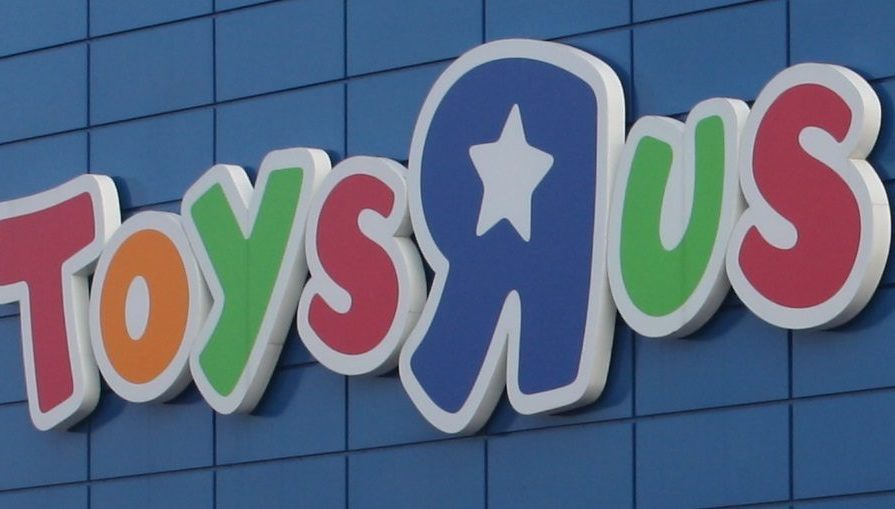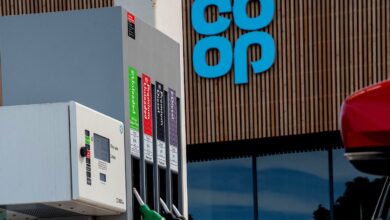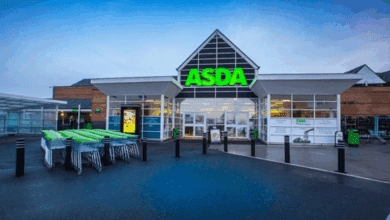Three common factors among retail survivors

Register to get 1 free article
Reveal the article below by registering for our email newsletter.
Want unlimited access? View Plans
Already have an account? Sign in
It is hard to remember a time when analysts were not being harbingers of doom for the British high street. 2018 saw Toys R Us and Maplin disappear while House of Fraser, Claire’s and Superdry are three of many retailers who have announced profit warnings or store closure. Why are many retailers struggling, while others are still managing to fare well?
Offering a great experience
The variety of stores on the high street is in constant flux as retailers react to changes in consumer behaviours. Former high street staples FADS, Radio Rentals and Woolworths have been replaced by Flying Tiger, Toni & Guy and Doddle.
We have moved from the high street being a functional retail space to being one of experience. The high street of 2019 contains an array of outlets catering to more than just shopping. The growth of restaurants, salons and vape shops replacing more traditional retailers is indicative of the changing habits of the British consumer.
In an increasingly digital world, retailers who have not enhanced the shopper experience are struggling to stay relevant with consumers. Lush create in-store experiences which cannot be replicated on your mobile. Waterstones have used their knowledgeable staff to their advantage to deliver personalised recommendations (something which feels cold when appearing at the end of an Amazon listing). Earlier this year the book retailer announced an 80% increase in profits just six years after the Amazon Kindle threatened its very existence.
Proudly independent
You cannot walk through any major retail spot without noticing Starbucks, Caffe Nero, Pret or Costa Coffee – often nestled next to each other vying for your money. Why have these retailers reached an unparalleled level of hegemony in the UK not experienced across Europe?
In the excellent ‘How England Made the English’, Harry Mount argues it is our obsession with owning property which has allowed chain coffee stores to become prevalent on the high street.
As Brits fetishise about getting on the property ladder, our disposable income is often lower than that of Germans, Italians and the French. The constant saving for deposits means we have less money to spend on ‘good’ coffee or decent lunch. This makes chains offering cheaper dining options more attractive to cash-strapped consumers than independent delis.
The tide is beginning to turn. The uncertain times in the retail sector is creating opportunity for smaller retailers. A recent study found nine out of 11 regions across the UK have seen an increase in independent stores openings (versus three out of 11 regions in 2017).
These retailers are plugging the gaps on high streets left by bigger retailers. It is these retailers that give local high streets identities and aid in diversifying towns from one another. Every £10 spent in a local retailer means £50 goes back into the local community.
Offering convenience
Consumers are always looking for convenience. It is why Amazon Prime has been a phenomenal success – even when there are cheaper alternatives available. This thirst for convenience increasingly means out of town retail parks are becoming redundant. Consumers want retailers in the spaces they frequent, not to head to where retailers are. It is one of the reasons Toys R Us collapsed (that and the impossible feat they achieved of making a toy store deathly dull).
Ikea has recently announced a global city centre approach as they respond to changing consumer behaviours. London is the pilot city for this initiative which meets the needs of consumers who might struggle to make it to one of the larger out of town stores and is coupled with a reappraisal of its ecommerce platform. This approach of getting its kitchen and bathroom showroom into urban centres creates another touchpoint for Ikea for consumers who might not have the transportation to get to the out-of-town megastores.
Showrooming is a trend major brands are openly embracing. Microsoft has acknowledged customers have higher confidence when they visit one of their stores and then purchase online. The tech giant views the opening of their Regent Street flagship store ‘as another great choice for customers to experience the best technology from Microsoft’.
Even car manufacturers are changing their approach to engaging consumers. Earlier this year Mercedes-Benz launched a pop-up in Westfield Stratford – home to permanent showrooms for Tesla and Seat. While at first glance a shopping mall is an unusual place for a car showroom, it makes complete sense from a consumer point of view to browse for your next car in the same space as you are having a haircut, watching a film and having dinner.
It is clear the high street is facing uncertain, challenging times. There will be winners and losers in 2019 – the winners are the ones who embrace and adapt to changing consumer behaviours. Those that do not will be left behind.
Lee Mabey is integration strategy director at Posterscope working with brands and agencies to deliver OOH campaigns and place location data at the heart of the planning process.







